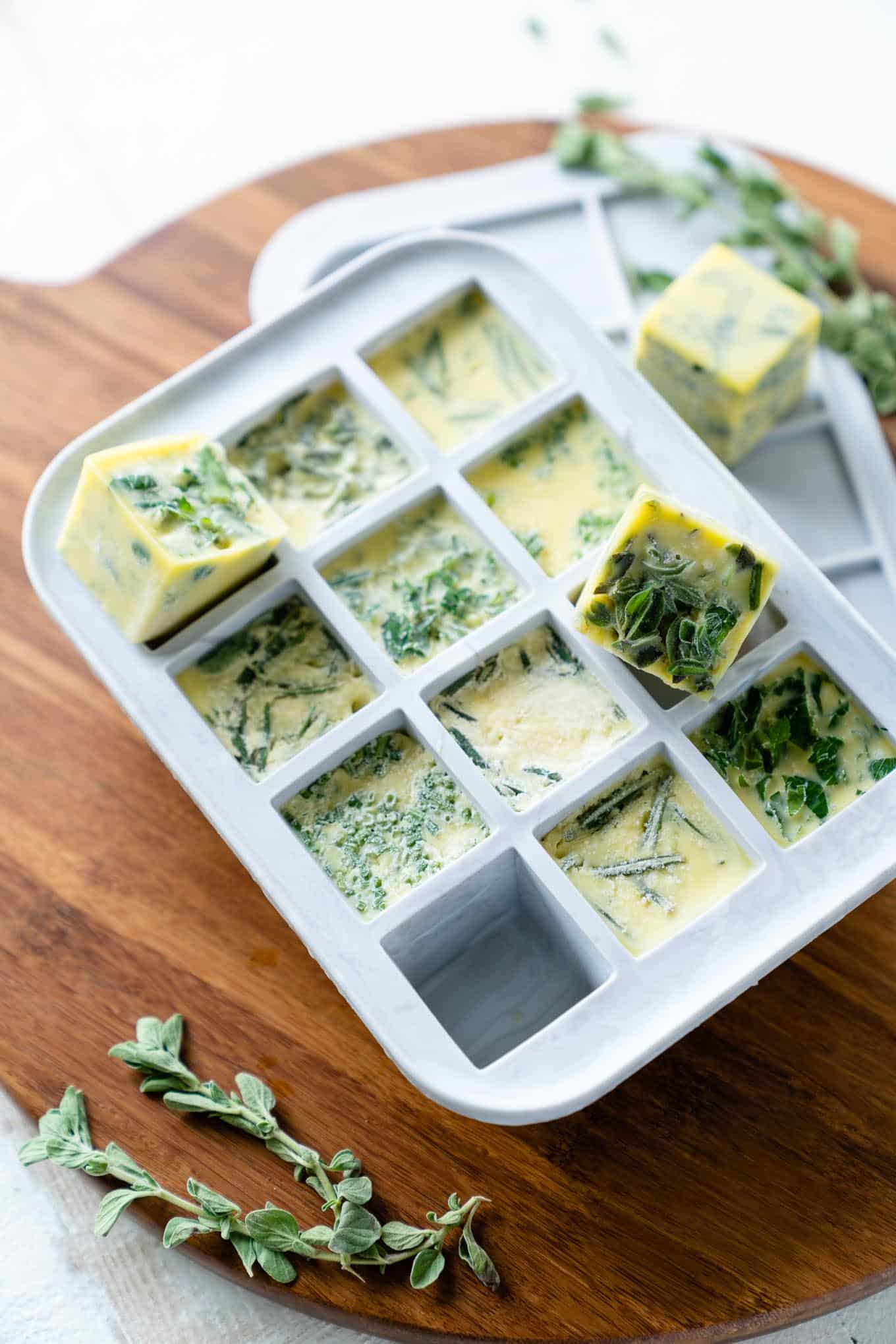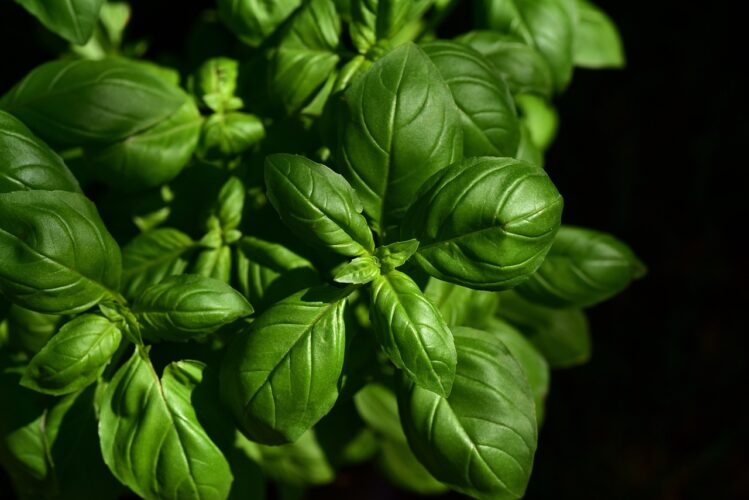As we find ourselves in the height of our growing season, you might be overrun by fresh herbs. Sadly, many herb plants do not last through the winter, so it is best that you harvest and preserve what you can now. There are a number of ways one can keep herbs. Although they will never be as crisp as fresh herbs, frozen, dried or preserved herbs are very useful and will help elevate the flavour of dishes through the bleak winter months.
Drying Herbs
Dried herbs retain a very pungent flavour and are a great way to preserve herbs. You can use a biltong maker to dry your herbs, or turn your thermofan oven on a very low heat with the fan on. Arrange clean and dry herbs in a single layer on a baking tray. Keep the oven door open slightly to allow moisture to escape. You can stir the herbs occasionally as well. Some herbs will take longer to dry than others but bank on at least four hours.
If you have space and the time, you can tie small bunches together and hang them upside down in a dark, warm, well-ventilated area. The drying time is about two to four weeks. You are looking for a final product that is crispy and will crumble between your fingers before you pack them into jars for storage.
Freezing
Most herbs freeze well and maintain their flavour even when frozen. However, you must remember that they will not look good after having been frozen so you should not bank on using them for garnish. Roughly chop your herbs and pack them into ice trays to freeze. Once frozen, you can put them into a freezer bag for easy use. Add these ice cubes to pasta sauces, stews, soups and other dishes throughout the winter. This will work well for basil, parsley (flat or curly leaf), sage, coriander, dill, chives and mint.

Herbs such as thyme and rosemary are much hardier and the plants will likely last throughout winter so you don’t need to panic now about saving some leaves for winter. Although not strictly a herb, celery leaves also add a fresh savoury flavour to dishes and can be treated much the same as you would parsley.
Pastes and Sauces
A large number of herbs lend themselves to being turned into a flavourful savoury paste. These can be added to pasta dishes, used as spreads on bread or added to other dishes. The most common pestos are basil and parsley, but this will work well with sage and coriander as well.
In a food processer, blend two cups of your herb, 1/3 cup pine nuts (sunflower or pumpkin seeds are a budget-friendly alterative, toast them for added flavour), one to three garlic cloves, ½ cup parmesan cheese (freshly grated is preferable but that which you find in a bottle will also work), up to 1/2 cup olive oil (add the oil slowly, stop when you reach your desired consistency). Blend until smooth. Add salt and pepper to taste. This recipe can also be made in a mortar and pestle if you don’t have a blender.
Parsley and coriander make excellent spicy sauces. Mix half a cup of your chosen herb, finely chopped, with half a cup of olive oil, three to four cloves of garlic, two tablespoons red wine vinegar and two small chillis (or more to taste). Add salt and pepper to taste. This can be used as a fresh sauce served with steaks and lamb similar to an Argentinean/Uruguayan chimichurri, a basting for chicken, as a salsa for Mexican food, or as a sambal for curries.
Both the spicy sauces and pestos will freeze well. Use the ice cube tray trick to have perfectly portioned homemade sauces ready throughout the year.

Herb Oils or Butter
For those with a cow in milk, making herb butter to freeze is an ideal and indulgent way to store your excess herbs. Using the ice tray method, you can freeze cubes of a herb, salt and butter mix that you can add to sauces and stews, or thaw to spread on bread or biscuits.
For a slightly less-expensive option, you can opt for herb oil.
In a pot of boiling water, quickly blanch your herbs before transferring to an ice bath. This means leaving your herbs in the boiling water for no longer than 15 seconds. Leave them to sit in the ice bath for up to five minutes and then transfer to a towel to dry. Once as dry as possible, add your herbs to a blender and slowly drizzle in oil. You can use olive oil or a sunflower oil.
For two cups of blanched herbs, you will need about half to three quarters of a cup oil. Once smooth, transfer to a sieve lined with cheesecloth (muslin) or a coffee filter. Allow the oil mixture to sit for a few hours stirring occasionally. Do not press the mixture down, let it sieve as naturally as possible. Once done, transfer to a bottle and store in the fridge or freeze. This oil is great in salads, as a dressing over eggs or as the base of a fresh sauce for meat.

